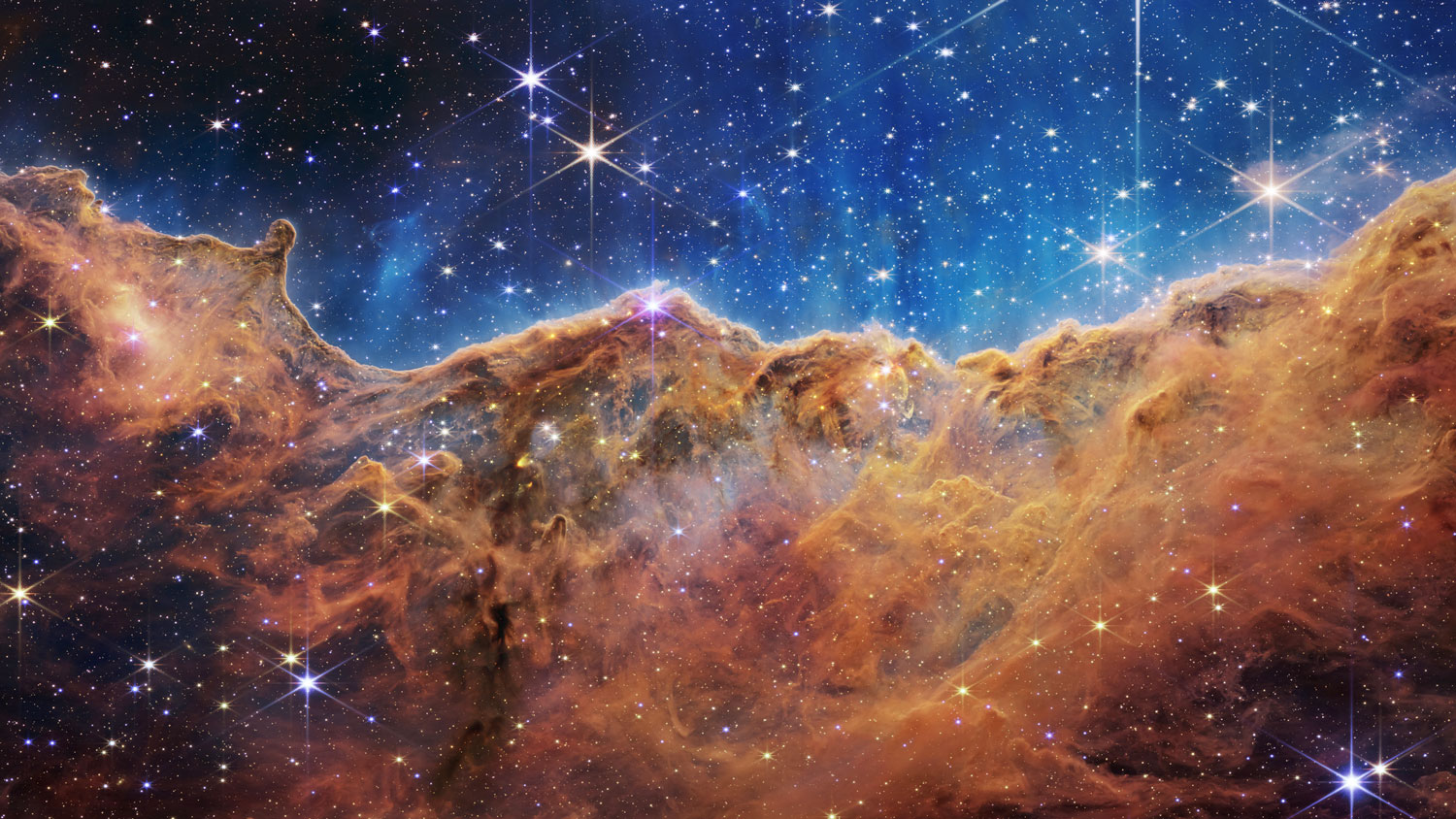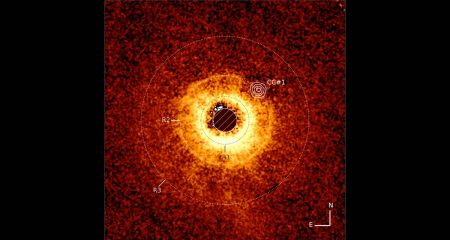
Following a presidential sneak peek of a galaxy-studded image from deep in the cosmos, Nasa officials gathered on Tuesday to unveil more of their initial showcase from the James Webb Space Telescope, the largest and most powerful orbital observatory ever launched.
The first batch of full-colour, high-resolution pictures, which took weeks to render from raw telescope data, were selected by Nasa to provide compelling early images from Webb’s major areas of inquiry and a preview of science missions ahead.
The introductory assortment of pictures had been a closely guarded secret until Friday, when the space agency posted a list of five celestial subjects chosen for its big reveal on Tuesday at Nasa’s Goddard Space Flight Center in Maryland.
Whoops and hollers from a spritely James Webb “cheer team” welcomed some 300 scientists, telescope engineers, politicians and senior officials from Nasa and its international partners into a packed and lively auditorium ahead of opening remarks.

“I didn’t know I was coming to a pep rally today,” Nasa administrator James Nelson said from the stage, enthusing that Webb’s “every image is a discovery”.
US President Joe Biden got a jump on the unveiling with his own White House briefing on Monday to release the very first photo — an image of a galaxy cluster dubbed SMACS 0723 revealing the most detailed glimpse of the early universe recorded to date.
Among the four other Webb “targets” that got their close-ups on Tuesday were two enormous clouds of gas and dust blasted into space by stellar explosions to form incubators for new stars — the Carina Nebula and the Southern Ring Nebula, each thousands of light years away from Earth.
The debut collection includes another galaxy cluster known as Stephan’s Quintet, which was first discovered in 1877 and encompasses several galaxies described by Nasa as “locked in a cosmic dance of repeated close encounters”.

Nasa also presented Webb’s first spectrographic analysis of an exoplanet — one roughly half the mass of Jupiter that lies more than 1 100 light years away — revealing the molecular signatures of filtered light passing through its atmosphere.
All five of Webb’s introductory targets were previously known to scientists, but NASA officials promise Webb’s imagery captures its subjects in an entirely new light, literally. — Steve Gorman, with Joey Roulette, (c) 2022 Reuters




